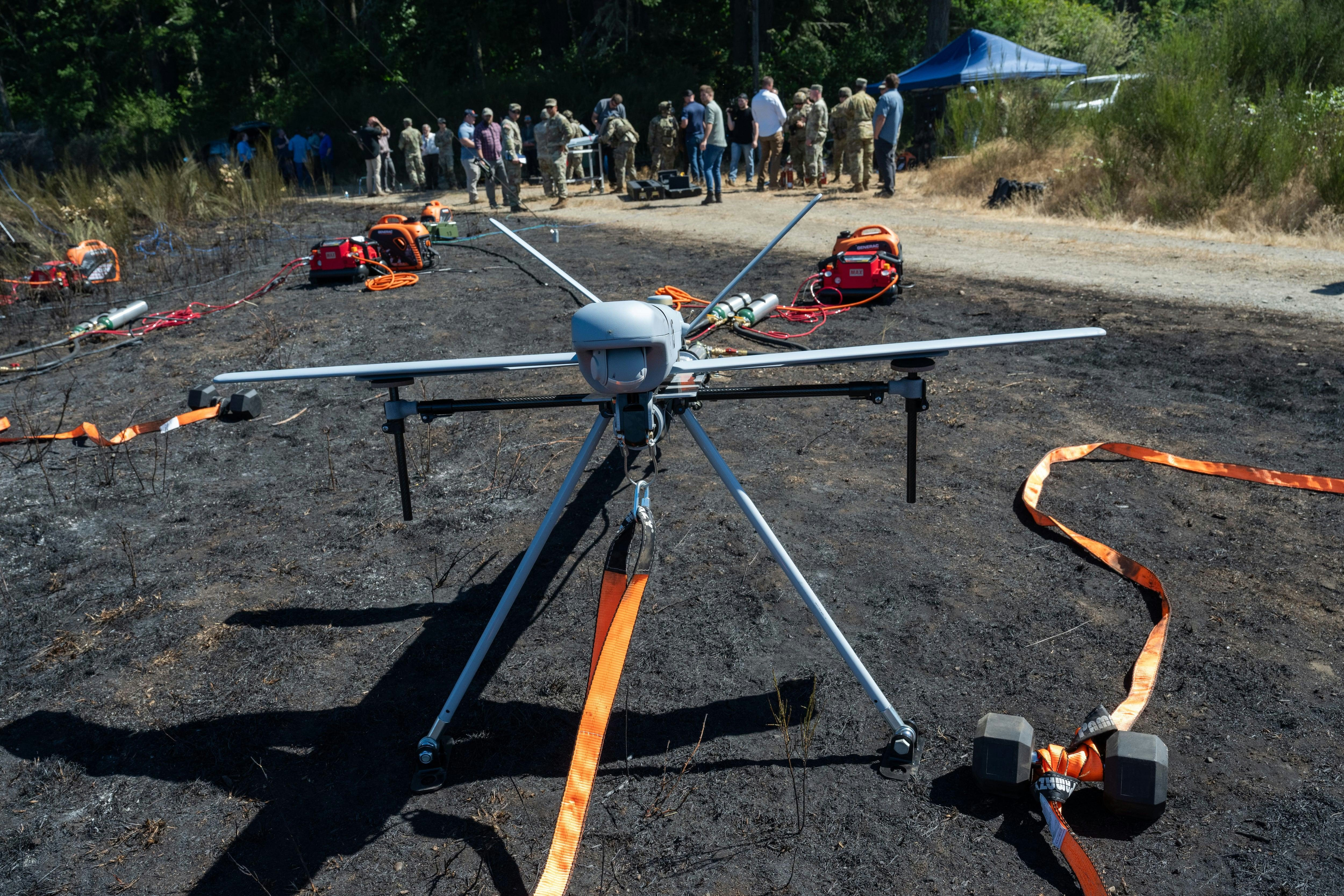
AeroGenie — 您的智能副驾驶。
热门趋势
Categories
AI CEO Warns Liberal Bilateral Flying Rights Could Undermine Indian Aviation Investments

AI CEO Warns Liberal Bilateral Flying Rights Could Undermine Indian Aviation Investments
Concerns Over Rapid Liberalisation
Air India CEO Campbell Wilson has issued a cautionary note regarding the rapid liberalisation of bilateral flying rights, warning that such a move could jeopardise the substantial investments made by Indian airlines and other aviation stakeholders. Speaking at a conference in New Delhi, Wilson stressed the importance of a balanced approach, highlighting that excessive liberalisation risks undermining the business rationale for Indian carriers to expand their fleets and services.
India’s civil aviation sector is among the fastest-growing globally, attracting considerable interest from foreign airlines, particularly those based in the Gulf region. These carriers have been advocating for increased access to Indian routes, aiming to capitalise on the country’s expanding air travel demand. However, Wilson pointed out a critical distinction: while approximately 95% of passengers on Indian airlines either originate from or terminate in India, many foreign carriers primarily use India as a transit hub, with up to 90% of their traffic continuing onward to other destinations.
Impact on Indian Aviation Investments and Ecosystem
Wilson underscored the significant investments Indian airlines, including Air India under the Tata Group, have made in wide-body aircraft to serve international markets directly. He emphasised that these investments rely heavily on securing customers who travel to and from India. “If the pace of liberalisation is too much, it would completely undercut the investment case that we’re making to buy aircraft,” Wilson stated.
He further warned that an inability to effectively deploy new aircraft could have broader repercussions for India’s aviation ecosystem. This includes potential setbacks to maintenance, repair and overhaul (MRO) services, manufacturing, and tourism sectors, all of which benefit from robust air connectivity. “All of the ancillary benefits to MRO, to manufacturing, to tourism, to all of the things that are facilitated by air connectivity start to erode,” Wilson explained.
Broader Sector Challenges and Market Implications
Beyond bilateral rights, Wilson highlighted other challenges confronting the Indian aviation sector. These include regulatory resistance, intense competition from established global aerospace giants such as Boeing and Airbus, and the urgent need for infrastructure development to support sustained growth. He noted that policy shifts could trigger market reactions, including fluctuations in the stock prices of Indian aviation companies, while international competitors may respond by strengthening partnerships and accelerating technological innovation to protect their market share.
Wilson’s remarks come amid a period of heightened caution in global financial markets, where concerns over potential corrections and the overvaluation of AI-related investments have been raised. This environment underscores the necessity for carefully calibrated policy decisions within the aviation sector.
“It’s in India’s interests to make sure the pace of liberalisation is such that it doesn’t undercut investments being made by Indian entities, not just airlines,” Wilson concluded. He added that India, still in a developmental phase compared to more mature aviation markets, must make strategic policy choices to build a thriving, world-leading aviation ecosystem.

United Airlines Flight Returns to Dulles After Engine Failure on Takeoff

United Airlines flight makes emergency landing at Dulles after engine failure

The Impact of the New Air Force One’s Delayed 2028 Arrival on Aviation and Travel

United Airlines Restarts Controversial AI Scheduling for Flight Attendants
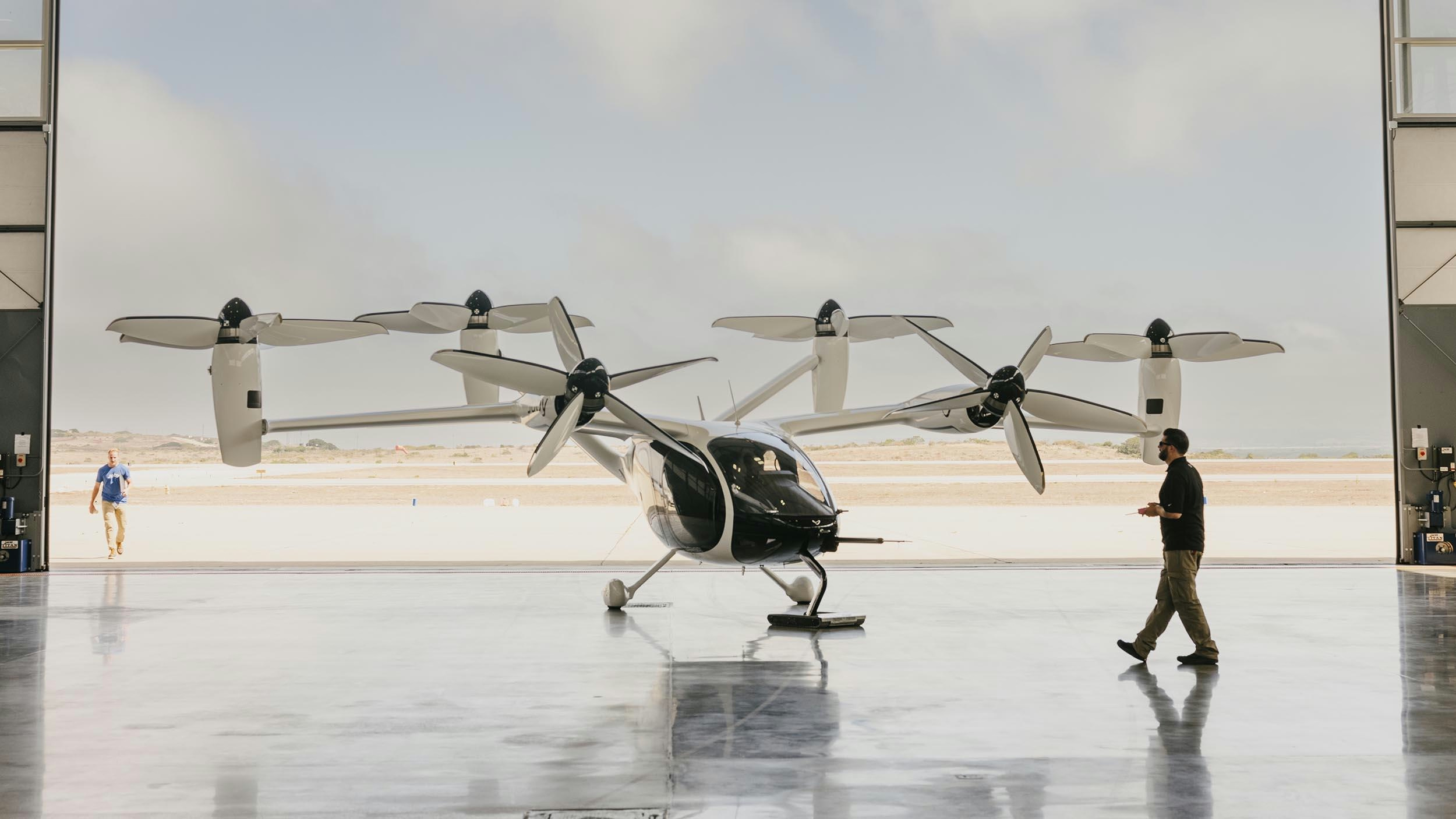
Joby Aviation’s Air Taxis Poised to Change Urban Travel and Tourism
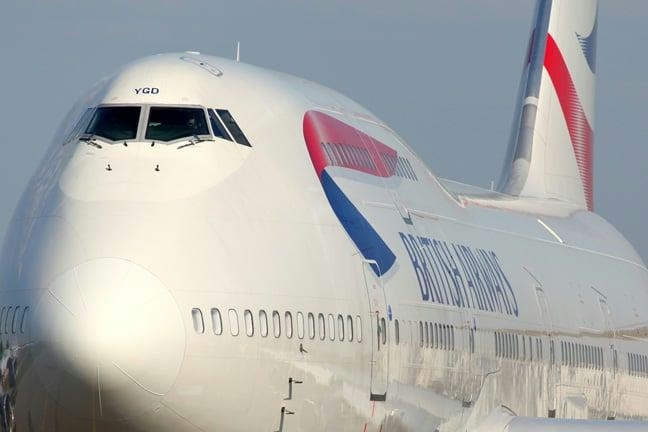
BA Chief Warns AI Agents May Diminish Brand Visibility
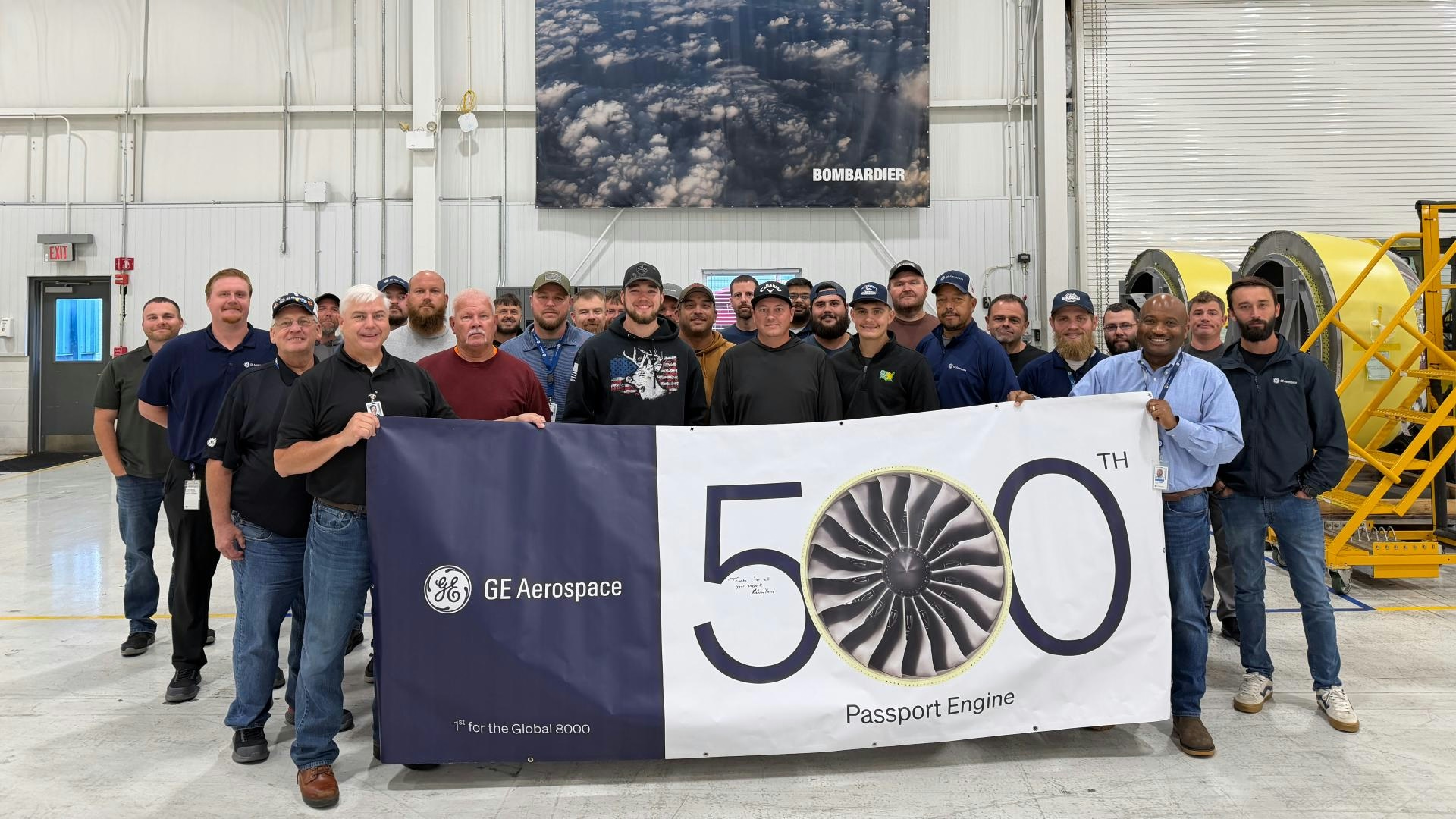
How GE Is Meeting Global Jet Engine Demand
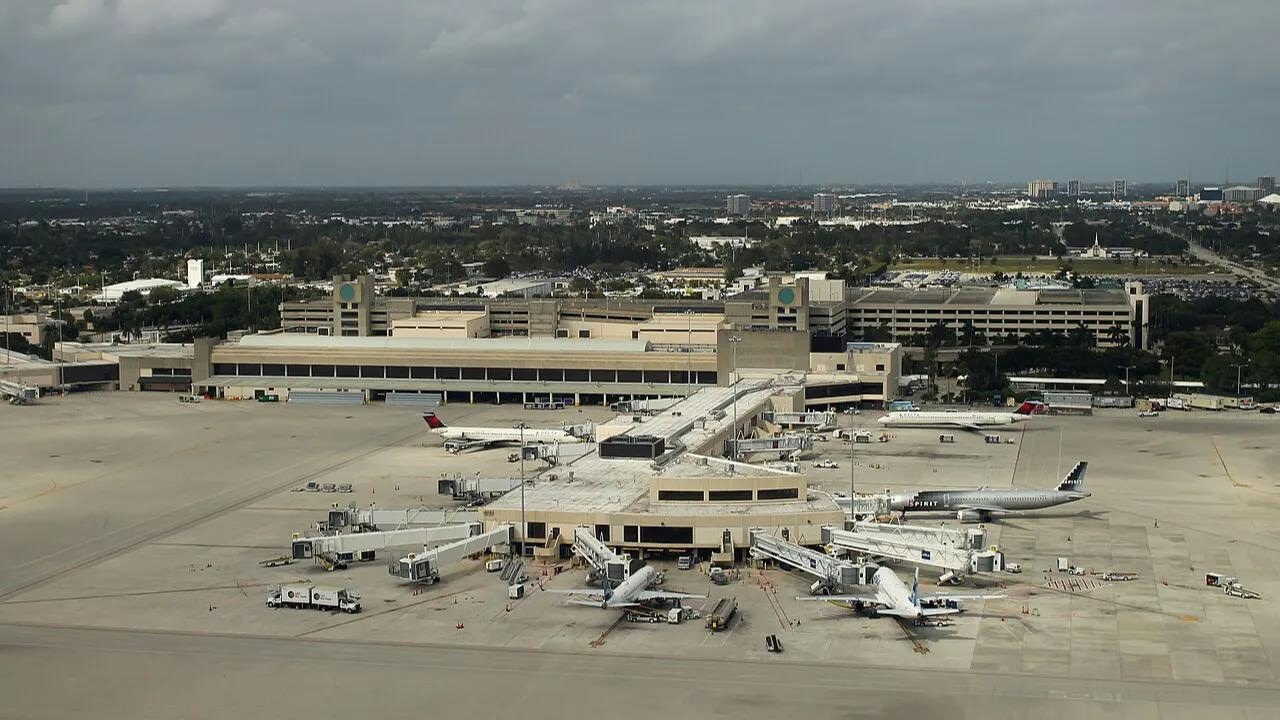
IATA Projects Airline Profits of $41 Billion in 2026
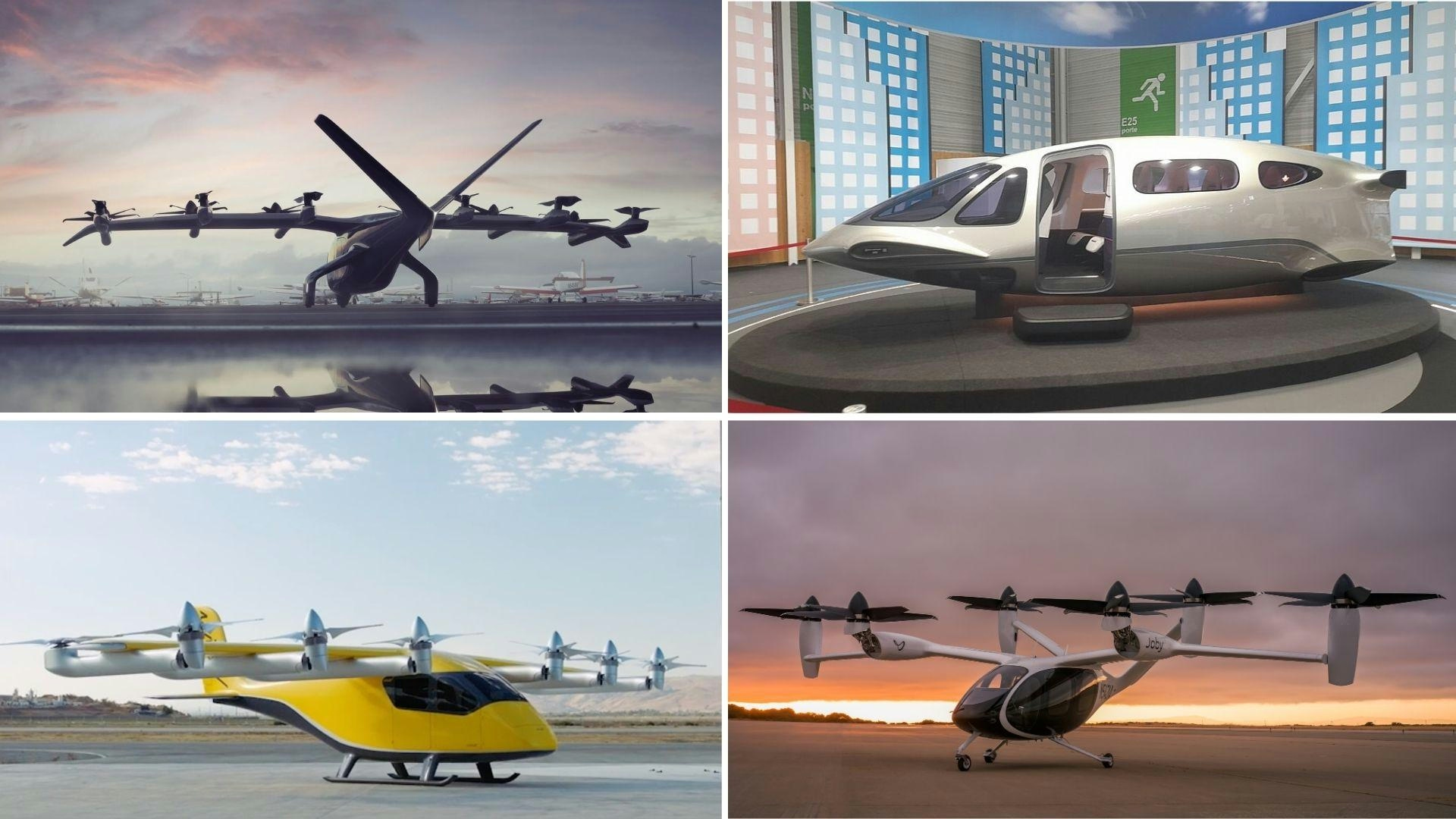
Five Air Taxis Poised to Shape Urban Mobility by 2026
